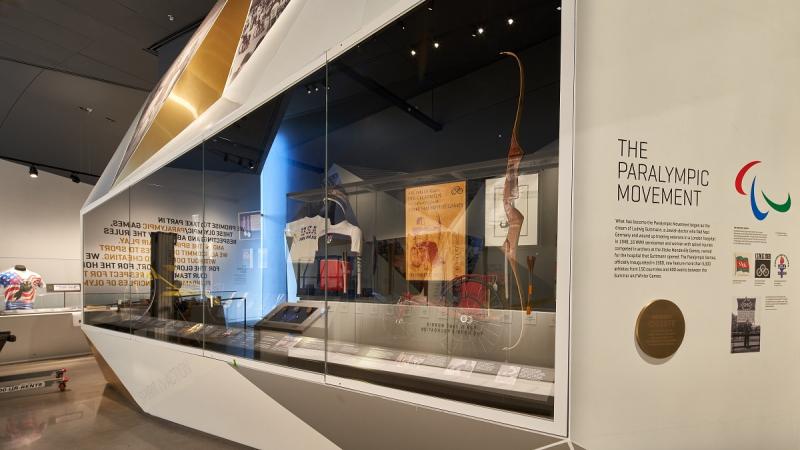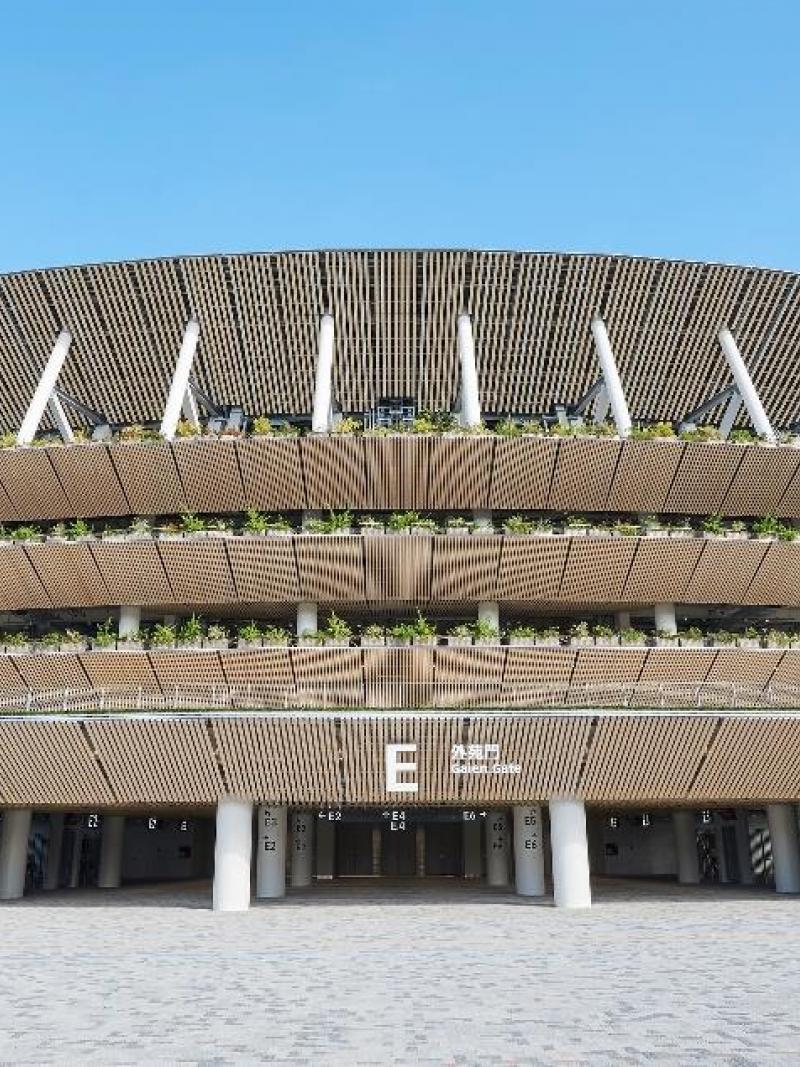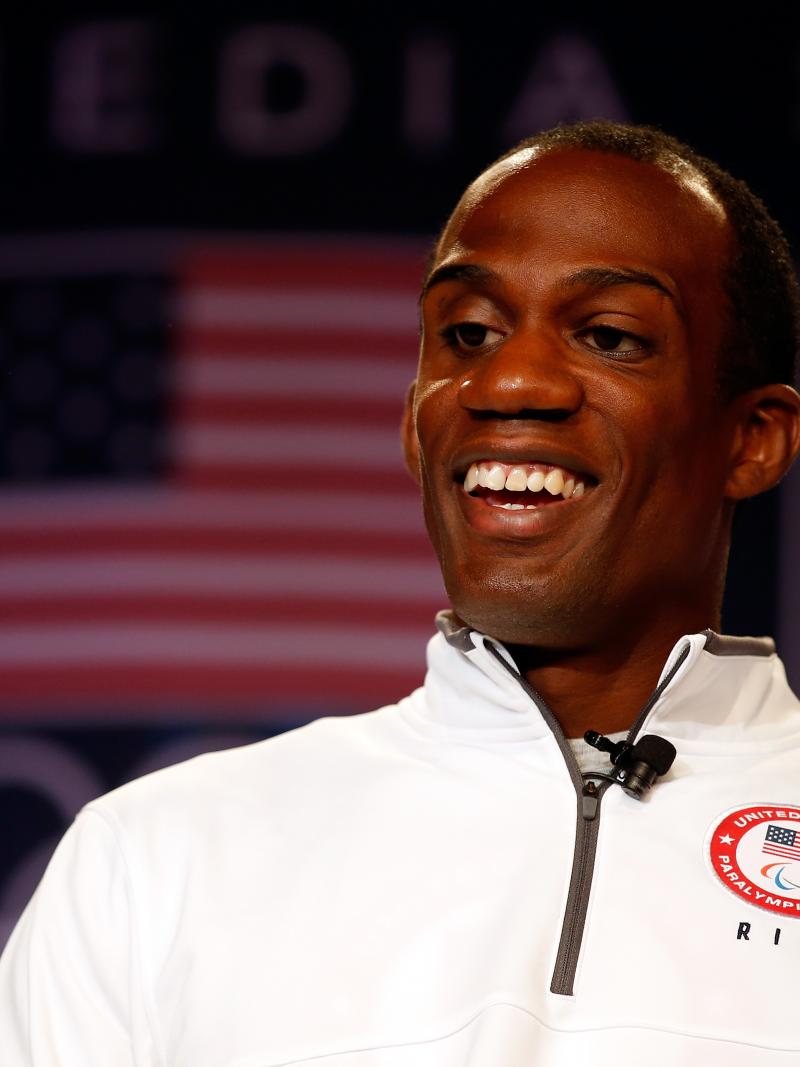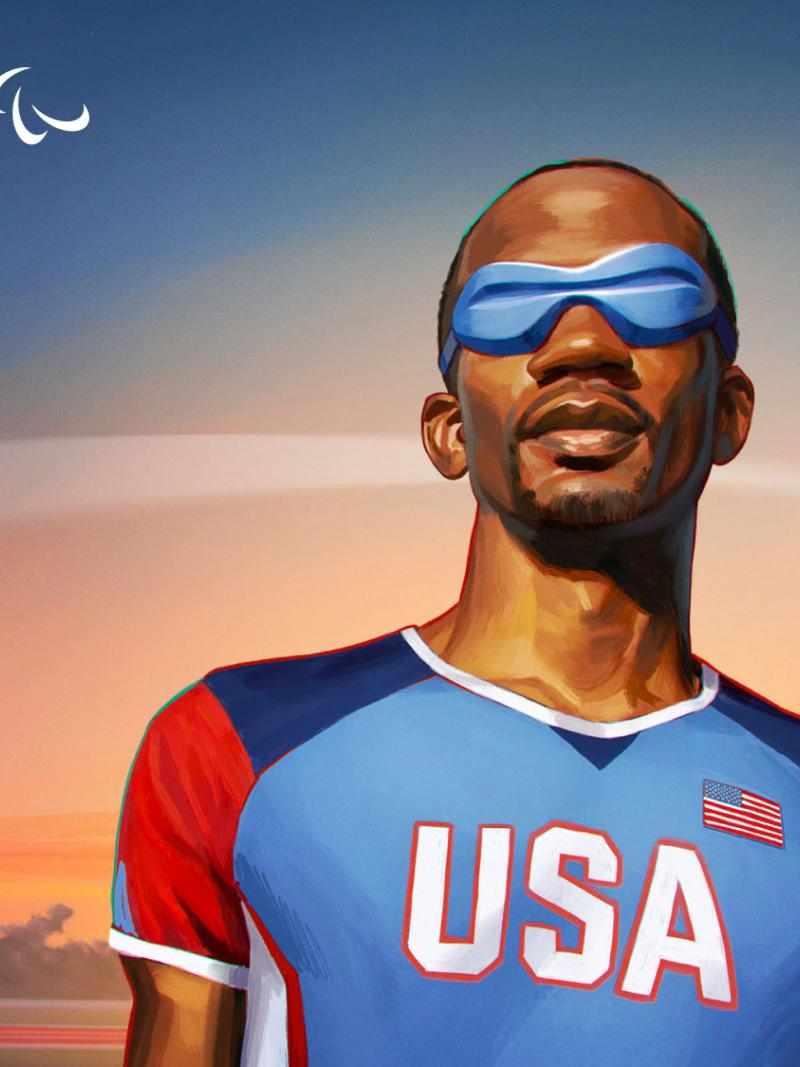Olympic & Paralympic museum opens in USA
With athlete input, state-of-the-art museum offers interactive and immersive experience 15 Aug 2020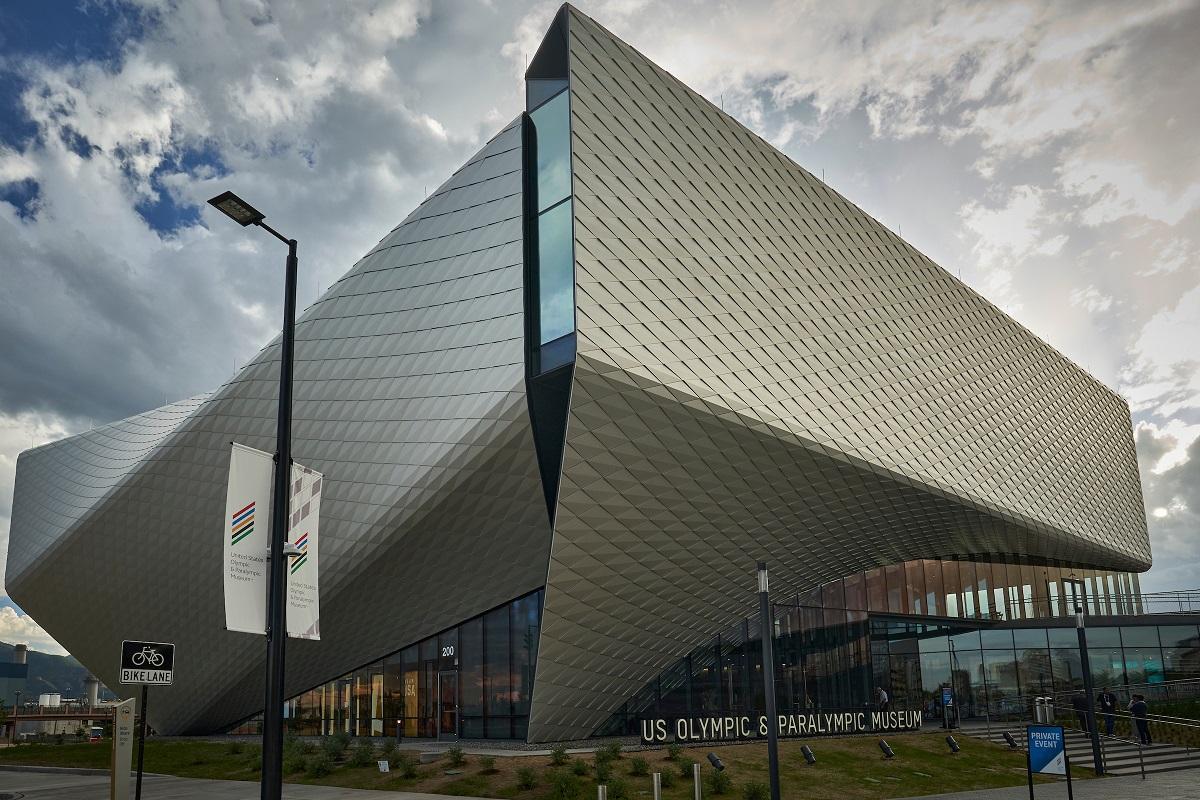
The US Olympic & Paralympic Museum (USOPM) has officially opened its doors to the public in Colorado Springs.
An advisory board and committee made up mostly of athletes were integral in providing input on the state-of-the-art marvel to the public.
Paralympic pistol shooter Mike Tagliapietra — who was named to the committee in 2015, alongside goalball athlete, Matt Simpson — said both of them were “asked for our input as Matt has a very different perspective as a blind athlete, and me being a wheelchair athlete.”
The two gave insight on what it would be like for people with a disability to go through the museum.
“I remember the first thing I said to them was please don’t put carpet in the museum. It makes it difficult to push wheelchairs around on it,” said Tagliapietra.
Four-time Olympic triathlete Hunter Kemper, who is one of three athletes on the USOPC athlete advisory board, calls the 60,000 square foot building, “the most accessible and interactive museum in the United Sates.”
In addition to Kemper, gold medal hurdler Benita Fitzgerald Mosley and three-time medalist and Olympic speedskater Joey Cheek who make up the advisory board, added their feedback — not only to the 12 interactive galleries, but also aiding with the accessibility of the building.
And now, two months after the museum was due to open on US public holiday Memorial Day in May — an unexpected delay due to the coronavirus — it officially opened to the public.
USOPM worked with lead strategic technology solutions partner to design a unique interactive and personalised experience. The art of storytelling through experiential exhibits was a critical component.
“Panasonic has a longstanding history of creating interactive and immersive experiences," said Joe Conover, National Manager, Panasonic System Solutions Company of North America. “For more than 20 years, we have been a proud partner of Olympic museums around the world, supplying sustainable and immersive solutions for international museums from Switzerland to Tokyo. Collaborating with the US Olympic & Paralympic Museum, from initial consulting stages, to design, and ongoing engineering support, was truly an honor. We’re excited to bring to life one of the most immersive and accessible Olympic museum experiences in the world.”
With the help of Panasonic’s professional displays, laser projectors and security solution technologies, visitors will be able to relive historical moments and experience life as an aspiring Olympian or Paralympian, whether you’re 6’0 tall, in a wheelchair, or visually or hearing impaired.
In addition to the truly extraordinary technology, the thing Chief Communications & Business Affairs Officer Peter Maiurro admitted to being most proud of is having the opportunity to tell the incredibly inspiring stories of Olympic and Paralympic athletes.
Thanks to the inclusion of the word “Paralympic” in the museum’s name, Tagliapietra thinks that will help spread awareness about the movement.
“People are going to say, ‘What’s Paralympic?’” he said. “It will have an impact, because a lot of people don’t know.”
Colorado Springs is also home to the United States Olympic & Paralympic Training Center, where Tagliapietra lived as a resident athlete for many years.
“I was at the museum for a walkthrough — along with Mosley, and some Olympic athletes from the ‘80s and ‘90s,” Tagliapietra said, “and it stirred a lot of emotions in us. I hope it’s going to do the same for everyone else that goes through it.”





